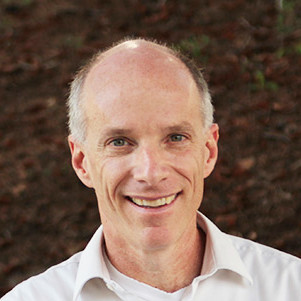Project 5: Oxidative Remediation Of Superfund Chemicals
Summary
In situ chemical oxidation (ISCO) with persulfate (S2O82-) or hydrogen peroxide (H2O2) are being employed increasingly for hazardous waste site remediation due its potential to quickly and inexpensively remediate recalcitrant Superfund contaminants. Similarly, advanced oxidation processes (AOPs) and electrochemical treatment technologies are promising alternatives to physical treatment processes for the ex situ treatment of waters containing low concentrations of contaminants. Although these techniques are being employed for site remediation, the mechanisms through which contaminants are degraded are not well understood. In particular, available evidence suggests that oxidation of contaminants may result in the formation of toxic transformation products. The overall goal of this research project is to assess the formation, fate and toxicity of transformation products produced by oxidative remediation with existing ISCO approaches and emerging remediation technologies, such as electrochemical treatment, and develop approaches for reducing potential exposure to oxidative transformation products. Through rigorous research on reaction mechanisms, contaminant fate and toxicity we will provide engineers with the ability to predict when oxidative treatment will be effective and to determine under which conditions potentially toxic transformation products will be formed. The latter may lead to the development of additional treatment steps that could be used in concert with oxidative remediation technologies. We will focus our efforts on the identification of oxidative transformation products of substituted aromatic compounds, including amino-, chloro-, nitro- and alkyl-benzenes. This knowledge will be used to identify reaction mechanisms and predict the reaction mechanisms of structurally similar compounds. To assess the stability of transformation products, we will conduct laboratory experiments with groundwater and aquifer sediments to determine if transformation products can be degraded further by microorganisms or by reactions with minerals or natural organic matter. To determine the potential health effects arising from the exposure to transformation products, we will use state-of-the-art bioanalytical strategies that allow for the determination of the interactions of reactive transformation products with biomolecules at the molecular level. This framework will substantially increase our understanding of mechanisms that lead to the removal of contaminants and formation of stable transformation products during oxidative treatment. It will also allow us to better predict under which conditions oxidative treatment technologies are appropriate and steps that can be taken to advance their adoption in situations where the production of toxic transformation products is possible.
Project Leadership

David Sedlak, Ph.D.
Project Leader
Malozemoff Professor in Mineral Engineering,
Co-director of Berkeley Water Center, and
Director of Institute for Environmental Science and Engineering (IESE)
Civil & Environmental Engineering, College of Engineering